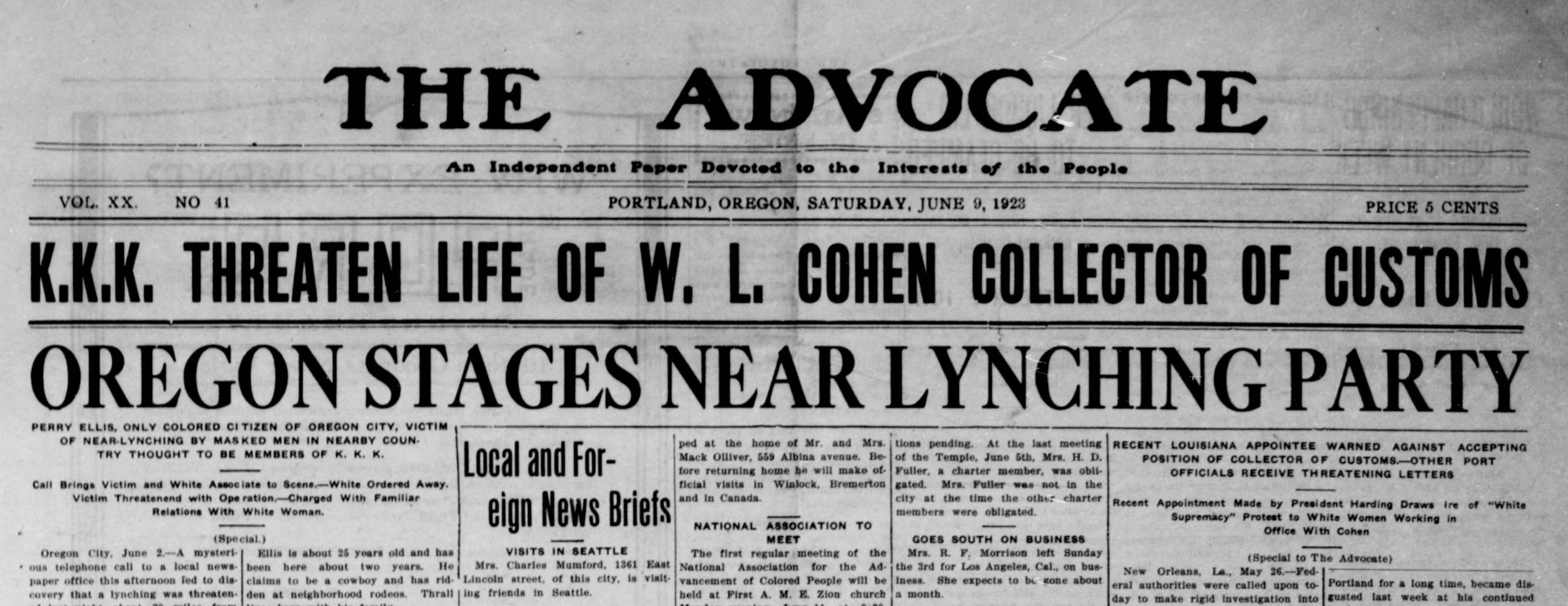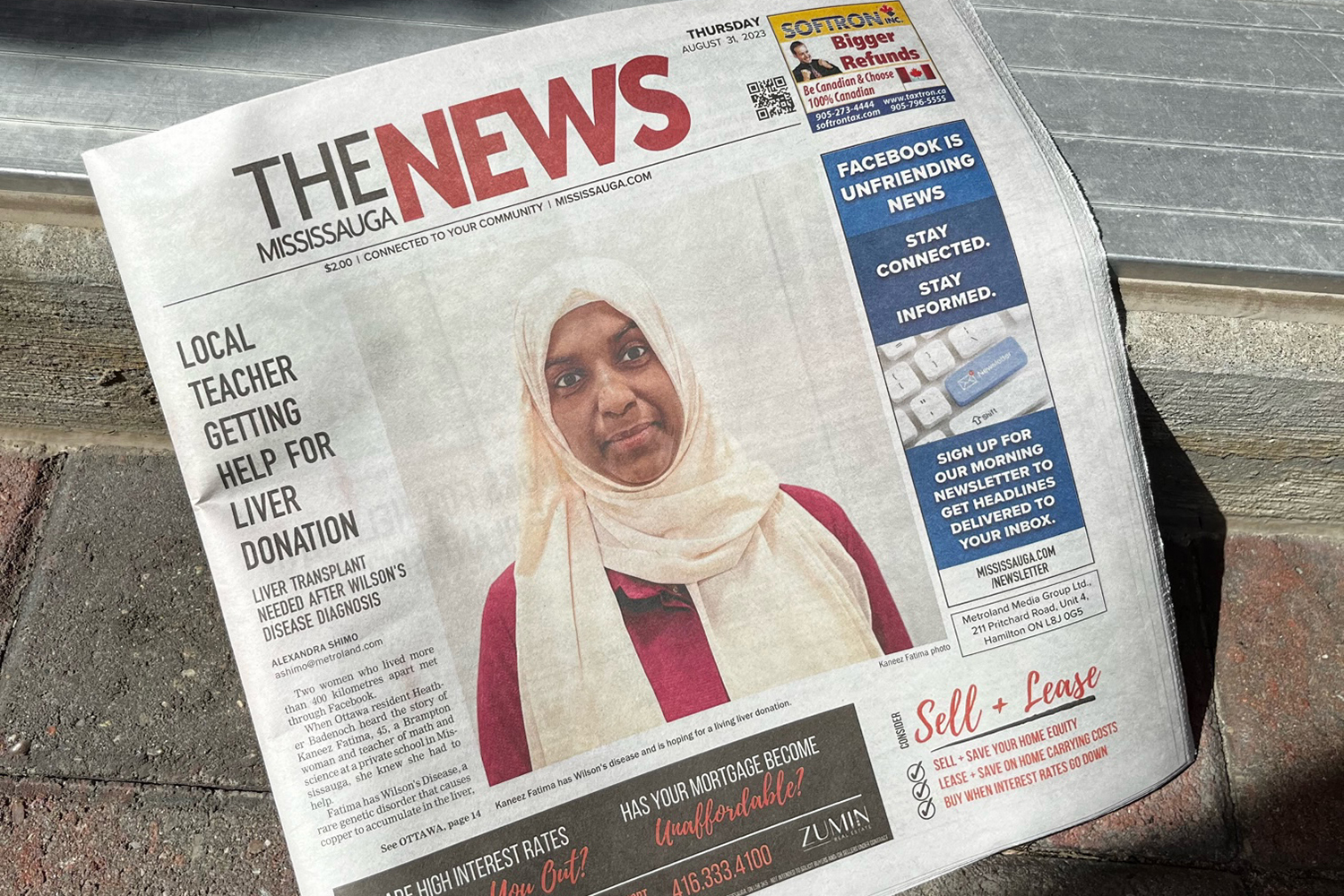Some Known Questions About News Articles.
Some Known Questions About News Articles.
Blog Article
The smart Trick of News Articles That Nobody is Discussing
Table of ContentsThe Buzz on News ArticlesUnknown Facts About News ArticlesThe Greatest Guide To News ArticlesSome Ideas on News Articles You Should KnowSome Known Incorrect Statements About News Articles
Good knowledge of different topics gives students an one-upmanship over their peers. Although digital and social media sites are readily obtainable, we ought to not forget exactly how important it is to read the newspapers. Moms and dads must try and instill the routine of reading a newspaper as an everyday routine to proceed the heritage of the revered print tool.Information tales additionally have at least one of the following important attributes relative to the intended audience: proximity, importance, timeliness, human passion, oddity, or consequence.
Within these limitations, information tales additionally intend to be thorough. Various other aspects are included, some stylistic and some obtained from the media type. Among the bigger and much more revered papers, fairness and balance is a significant aspect in providing information. Discourse is normally restricted to a separate section, though each paper may have a different total angle.
Newspapers with a worldwide audience, for instance, have a tendency to make use of a more official design of creating. News Articles.; usual style overviews include the and the United States News Style Publication.
What Does News Articles Mean?
As a rule, reporters will certainly not use a long word when a short one will certainly do. They make use of subject-verb-object building and construction and vivid, energetic prose (see Grammar). They offer narratives, examples and allegories, and they rarely depend upon generalizations or abstract ideas. News writers try to prevent making use of the same word much more than when in a paragraph (often called an "echo" or "word mirror").
Headlines sometimes leave out the topic (e.g., "Leaps From Watercraft, Catches in Wheel") or verb (e.g., "Cat woman lucky"). A subhead (likewise subhed, sub-headline, subheading, subtitle, deck or dek) can be either a subordinate title under the primary heading, or the heading of a subsection of the post. It is a heading that precedes the major text, or a team of paragraphs of the primary text.

Additional billboards of any of these kinds might show up later in the write-up (specifically on subsequent pages) to entice more analysis. Such billboards are additionally utilized as tips to the write-up in various other sections of the magazine or site, or as ads for the piece in various other publication or sites. Normal structure with title, lead link paragraph (recap in vibrant), other paragraphs (details) and contact details.

Instance of a hard-lead paragraph NASA is proposing one more space job. The agency's spending plan request, announced today, consisted of a plan to send out one more goal to the Moon. This moment the agency wishes to develop a long-lasting facility as a jumping-off point for various other room journeys. The budget requests roughly $10 billion for the task.
An "off-lead" is Full Report the second most crucial front page news of the day. To "bury the lead" is to start the article with history info or information of secondary significance to the readers, compeling them to read more deeply into a short article than they must have to in order to find the important points.
Examine This Report about News Articles
Usual use is that a person or 2 sentences each create their very own paragraph. Reporters usually describe the organization or structure of a newspaper article as an upside down pyramid. The vital and most intriguing elements of a tale are placed at the start, with supporting information adhering to in order of reducing value.
It permits people to explore a topic to only the deepness that their inquisitiveness takes them, and without the charge of details or subtleties that they might think about irrelevant, yet still making that information readily available to much more interested readers. The upside down pyramid framework also allows articles to be trimmed to any kind of useful reference arbitrary size throughout layout, to suit the space readily available.
Some authors start their tales with the "1-2-3 lead", yet there are lots of kinds of lead available. A twist can refer to numerous points: The last tale in the news broadcast; a "pleased" tale to end the show.
Longer articles, such as publication cover write-ups and the items that lead the within sections of a paper, are recognized as. Feature stories differ from straight news in several means.
News Articles for Dummies
The journalist usually details interactions with interview subjects, making the item much more personal. An attribute's initial paragraphs commonly relate an interesting minute or event, as in an "unscientific lead". From the details of a person or episode, its view quickly widens to generalizations regarding the story's subject. The section that signifies what a function is about is called the or billboard.

The Editor's Tool kit: A Referral Guide for Beginners and Professionals (2001) Allan M. Siegal and William G. Connolly. The New York Times Manual of Design and Usage: The Authorities Style Overview Utilized by the Writers and Editors of the Globe's The majority of Authoritative Newspaper (2002) M. L. Stein, Susan Paterno, and R.
Report this page